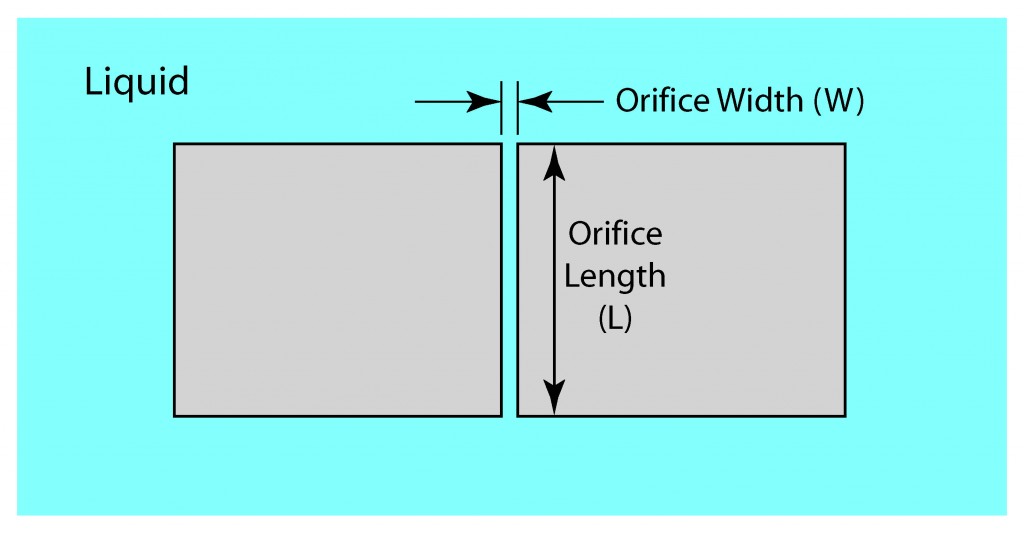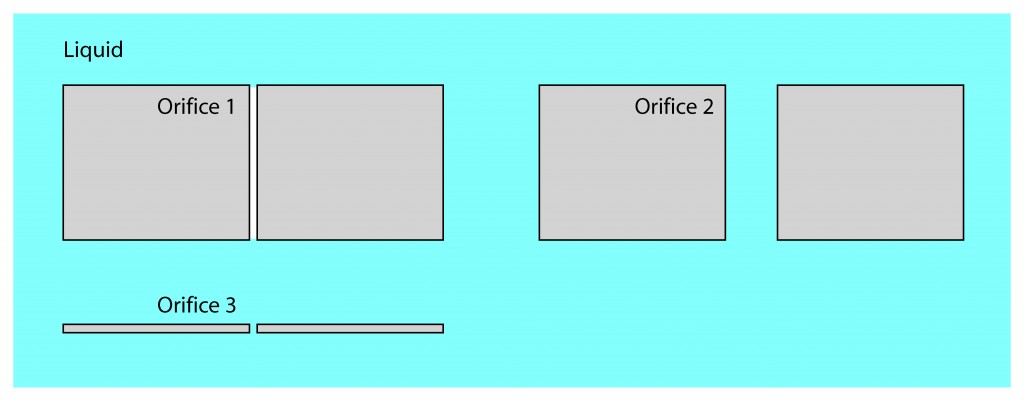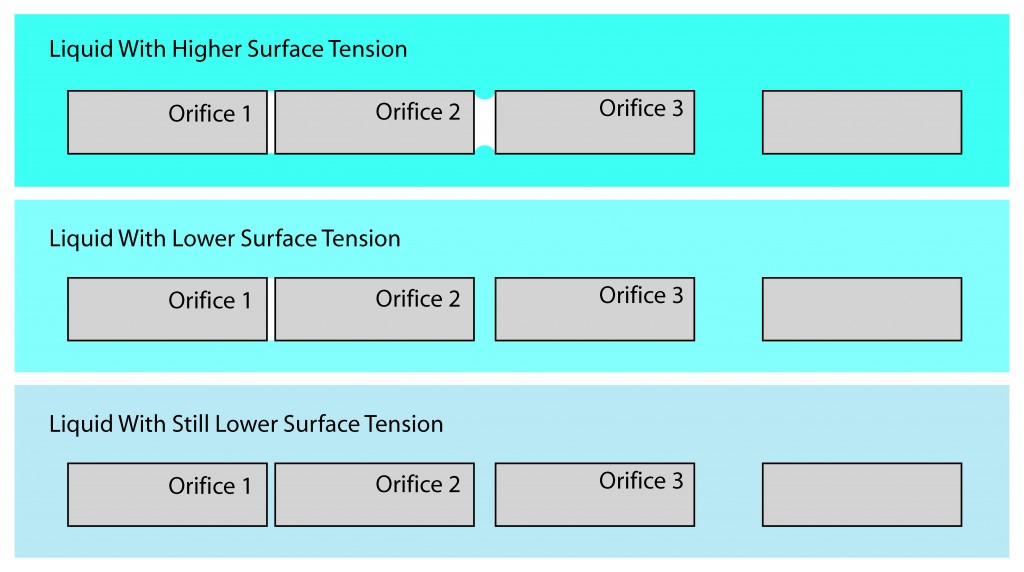A few days ago, one of our customers asked one of our sales people what would seem like a very simple question. The question, in paraphrase, was – – “Do you know the relationship between ultrasonic frequency and the ability of ultrasonics to clean within a certain sized orifice.” Being a bit rushed when I received the email with the question from the sales person and not having a ready reference at hand, I quickly sent a simple answer, “NO,” but promised a more complete answer to follow. The next morning I took another of my strolls to the Blackstone-NEY Ultrasonics R&D Lab (which is about 20 steps from my office) and started to pick the brains of the REAL gurus. We quickly arrived at the conclusion that we don’t have a “graph” that relates ultrasonic frequency to its ability to clean within a certain sized orifice. However, we do have a lot of experience and were able to agree that there are several factors that will have a bearing on how effective ultrasonics will be. Frequency, we further agreed, was only one of them.
First, let’s make the assumption that an “orifice” is a passageway through a solid material and that the passageway is open with access at both ends. (A passageway with access from only one end would be classified as a “blind hole” and is a completely different situation.) For purposes of our discussion here, we will define the dimensions of our orifices as shown below.

In order to clean the orifice we must first be able to wet the surfaces of the orifice and the contaminant within the orifice. In short, if liquid can’t get into the orifice due to high surface tension or some other condition, the mechanism of ultrasonic cleaning, which relies on a liquid to transmit the sound waves, simply can’t take place. In the case of an orifice that is completely blocked by a contaminant, liquid must, at least, be able to reach far enough into the orifice to “wet” the contaminant from one end or the other. The ability for liquid to penetrate the orifice depends, first of all, on the ratio of its Width (W) to its length (L).

Other factors that have an effect on the ability of a liquid to penetrate an orifice are the physical properties of the liquid including its surface tension and viscosity.

A liquid with lower surface tension will penetrate an orifice that a liquid with a higher surface tension will not penetrate. Higher viscosity or “thickness” of a liquid may hinder or slow the penetration of an orifice but the surface tension is the property that determines if the penetration will ultimately occur or not.
This is just the start of our discussion on the ability of ultrasonics to clean orifices. The next blog will include more detail on the mechanism of ultrasonic cleaning as related to orifices.
– FJF –



 English
English Spanish
Spanish Chinese
Chinese Canada
Canada Mexico
Mexico United Kingdom
United Kingdom



